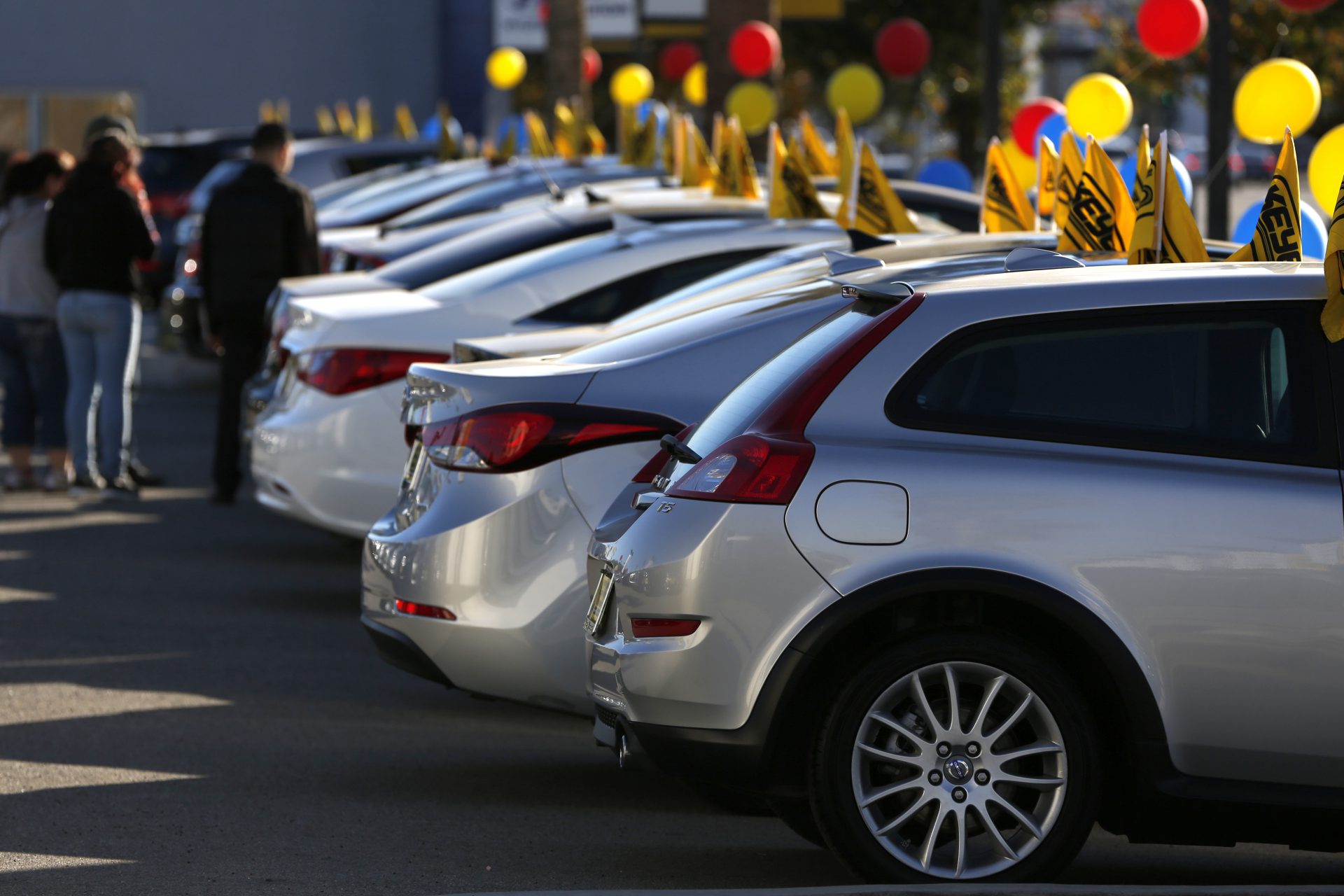

While the pace of new-car sales is expected to slow in 2018, the amount being spent is expected to rise.
Consumers are on track to spend $28.8 billion on new vehicles this month, an increase of over $1 billion from January 2017, according to a forecast released Monday by J.D Power and LMC Automotive.
The average new-vehicle retail transaction to date this month is $32,169, surpassing the prior record for the month of $31,422 set in January 2017.
Echoing the direction of other projections, the forecast calls for a seasonally adjusted annualized rate for retail sales to be 13.7 million vehicles, down from 150,000 from a year ago. Retail sales are expected to reach 893,900 units, a 2.7 percent drop compared to January 2017.
“How do you judge the overall industry when we have such big shifts in transaction prices,” Thomas King, senior vice president of J.D. Power’s data and analytics division, said in a phone interview. Most industry observers focus on sales volume, which shows “a modest deterioration,” but high transaction prices also need to be factored in, King added.
Through the middle of the month, 2018 model-year vehicles made up 73 percent of retail sales, an increase of more than 11 percentage points from December.
Average incentive spending through the first two weeks of January is $3,733, up $94 from the same period last year and on track to set a record high to start the year.
As a percentage of the retail price suggested by manufacturers, incentives are at 10 percent so far this month, topping the 10 percent mark for the 18th time in the past 19 months.
Trucks account for 67 percent of new-vehicle retail sales through Jan. 21, marking a 19th consecutive month above 60 percent.
A new vehicle sits, on average, on a dealer’s lot 71 days before being sold.
LMC’s forecast for 2018 total light-vehicle sales is at 17 million units, a decrease of 1.3 percent from last year. SUVs as a segment are expected to grow another 3 percent in 2018 to a 45 percent market share while cars will remain under pressure with volume expected to drop 6 percent to a 33 percent share of the market.